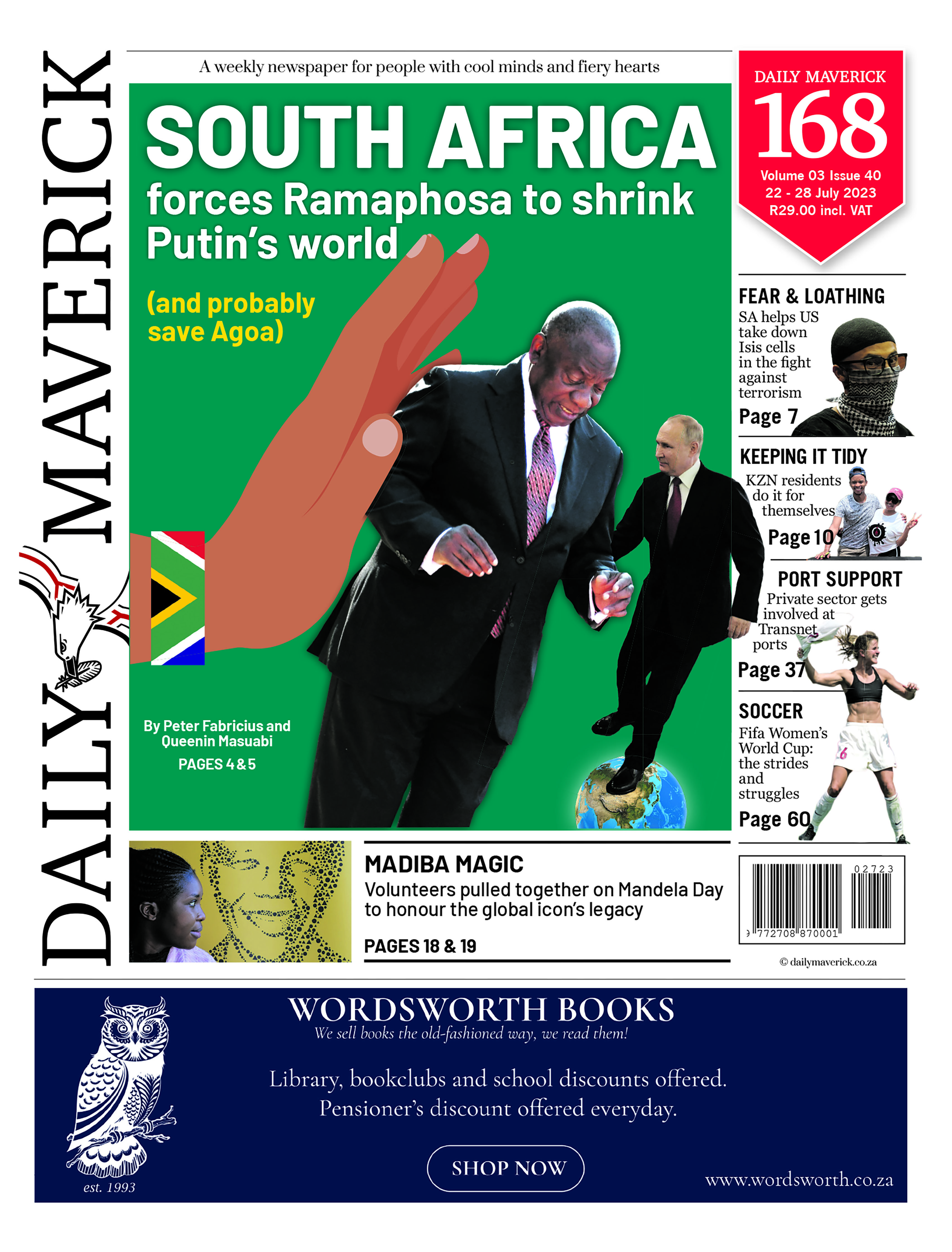As I was doing research for this week’s column, an article on whether it is possible to remember South African icons without “overpriced statues” caught my attention.
It seems the impetus for the article was two statues of Nelson Mandela that were unveiled in Mthatha in the Eastern Cape. The criticism was made by Angus Leendertz, founding member of the Camissa Museum and a PhD researcher at Thinking Through the Museum.
“Statues in public places have typically been used to represent power and authority” – not history, just what people have chosen to memorialise, said Leendertz. He went on to say that the money could be better used to fight poverty and hunger, build schools and hospitals and so on.
Although he wasn’t completely against statues, he said they needed to be weighed up against the needs of the community – a fair point.
The argument made me think deeper about the issue of preserving our history, the stories we choose to tell and our ability to see ourselves and our aspirations in the statues around the country.
I don’t believe it’s an either-or situation. We can memorialise iconic figures while also mobilising resources to address our crippling socioeconomic imbalances.
The issue also drew my mind to the bronze statue of a little girl called Hope at Constitution Hill, just outside the Women’s Jail, a site that previously housed unimaginable horrors for political prisoners, tortured and repressed, as well as the children who died in those cells.
Constitution Hill says: “A jubilant Hope in a dancing pose, however, symbolises the paradox of the site – once a place of human rights abuses, [it] now sees to the protection of the rights of all, including children.”
Memory and new ideas
My take is that we are more than the sum of our miseries and we deserve the hopeful and inspirational figures that represent that. Although statues, particularly in South Africa, were indeed previously markers of conquest and power, it is possible to change that script and I think statues like those of Mandela and Hope chart that path.
If the issue is hospitals, schools and poverty alleviation, we need to challenge the relevant departments and ask them why their budgets are not doing enough to provide the services needed to break the cycle of poverty.
Similarly, in the erection of monuments, the budget allocation and procurement processes need to be scrutinised so that the money allocated is not exorbitant.
Read more in Daily Maverick: Celebrating the (un)forgotten heroes of the struggle
The preservation of history and memory, not just in the form of text, is important. It provides more textured and nuanced opportunities not only for pause and reflection on past experience but also to imagine the people we want to be.
Monuments are also sites for sparking much-needed conversation and ideas for how we can build a united and cohesive identity as a country.
In effect, what Leendertz’s assertion has done is create a moment of scrutiny of the underdevelopment of certain communities and a call for accountability, which is undoubtedly what Mandela himself would have wanted. DM
This story first appeared in our weekly Daily Maverick 168 newspaper, which is available countrywide for R29.


















Yes – quite brilliant actually. A statue gets bought for let’s say R10 million. From this, the artist gets a million, each of the councillors involved in the procurement get to share in 6 million, the materials (bronze) cost a million and the erection contractor gets two million, of which one million is paid over to the sub-contractor who actually does the work. Next month, the community vandalises the statue (i.e. steals the bronze) and sells it to the metal dealer for a hundred thousand. The council commissions a new statue for R10 million and the cycle starts again. There is a perpetual economic self-sustaining cycle in which everybody gets rich. And if you speed up the cycles, everybody gets richer even quicker. Then with all the extra riches, we can start building hospitals and schools. Isn’t life great?
Corruption does not produce wealth, except for the corrupt, it multiplies poverty for society.
These statues are about public performance art by the ANC. Pathetic, but may have some fleeting propaganda value before they are broken, stolen or otherwise reduced to rubble.
The only memorials that last are ones that are built and/or supported by real people – not government departments, local councils and other absurd constructs spending what remains of their pilfered budgets. Go to the Voortrekker Monument or the Boer War/SA Women’s Monument in Bloemfontein and learn from them.
All history …. or just the edited version written by the ‘winners’ at a particular moment in time?